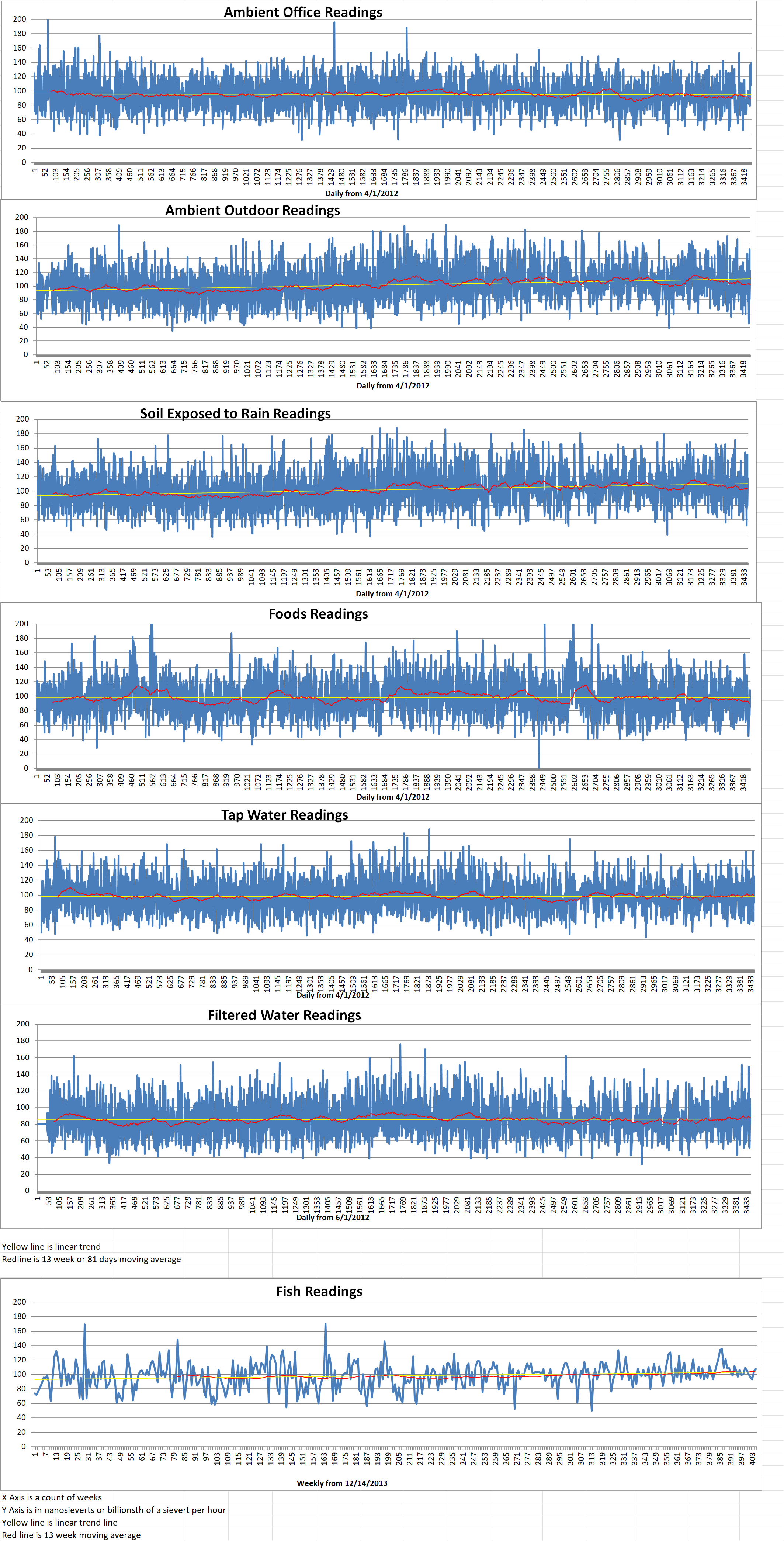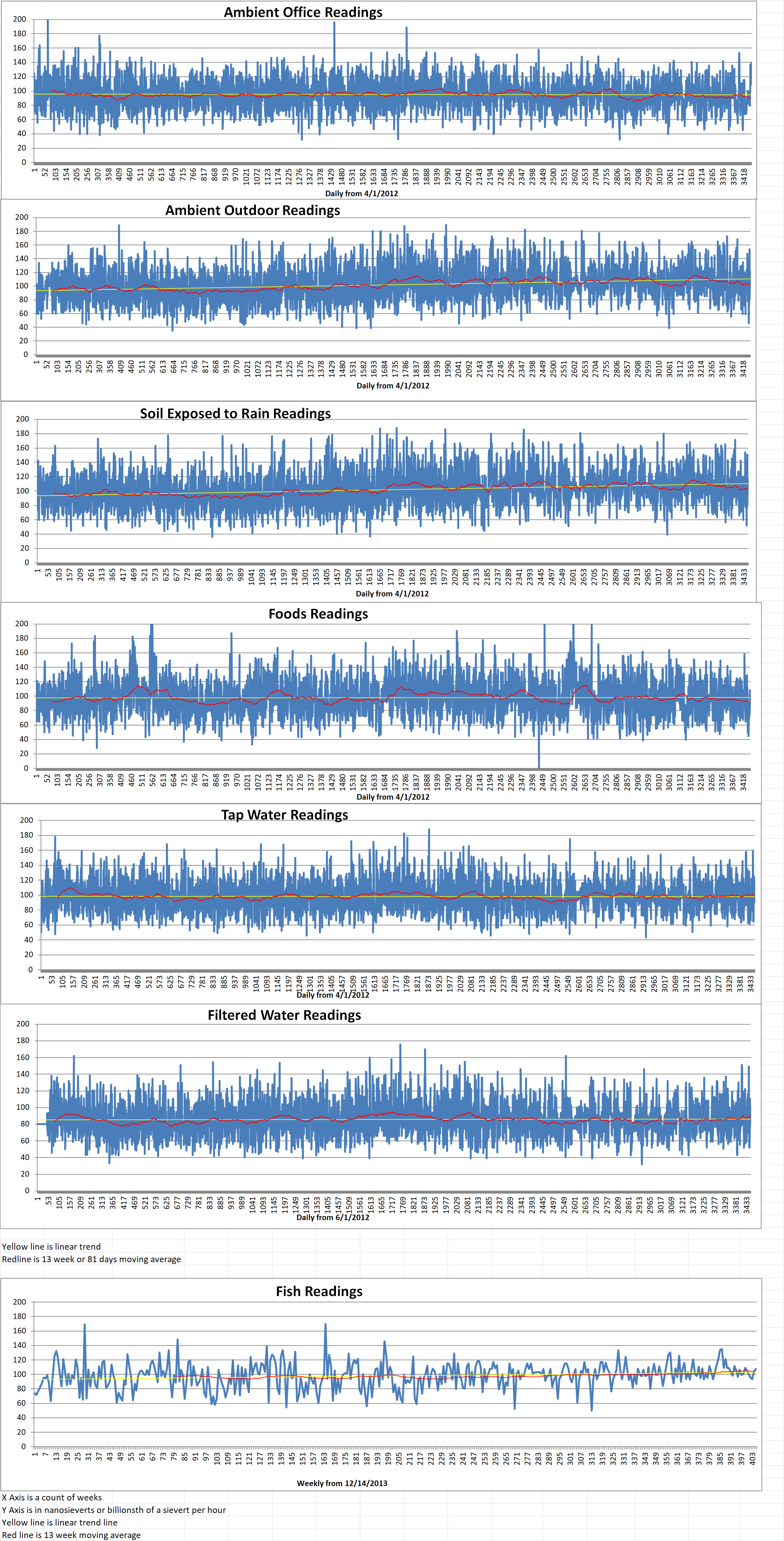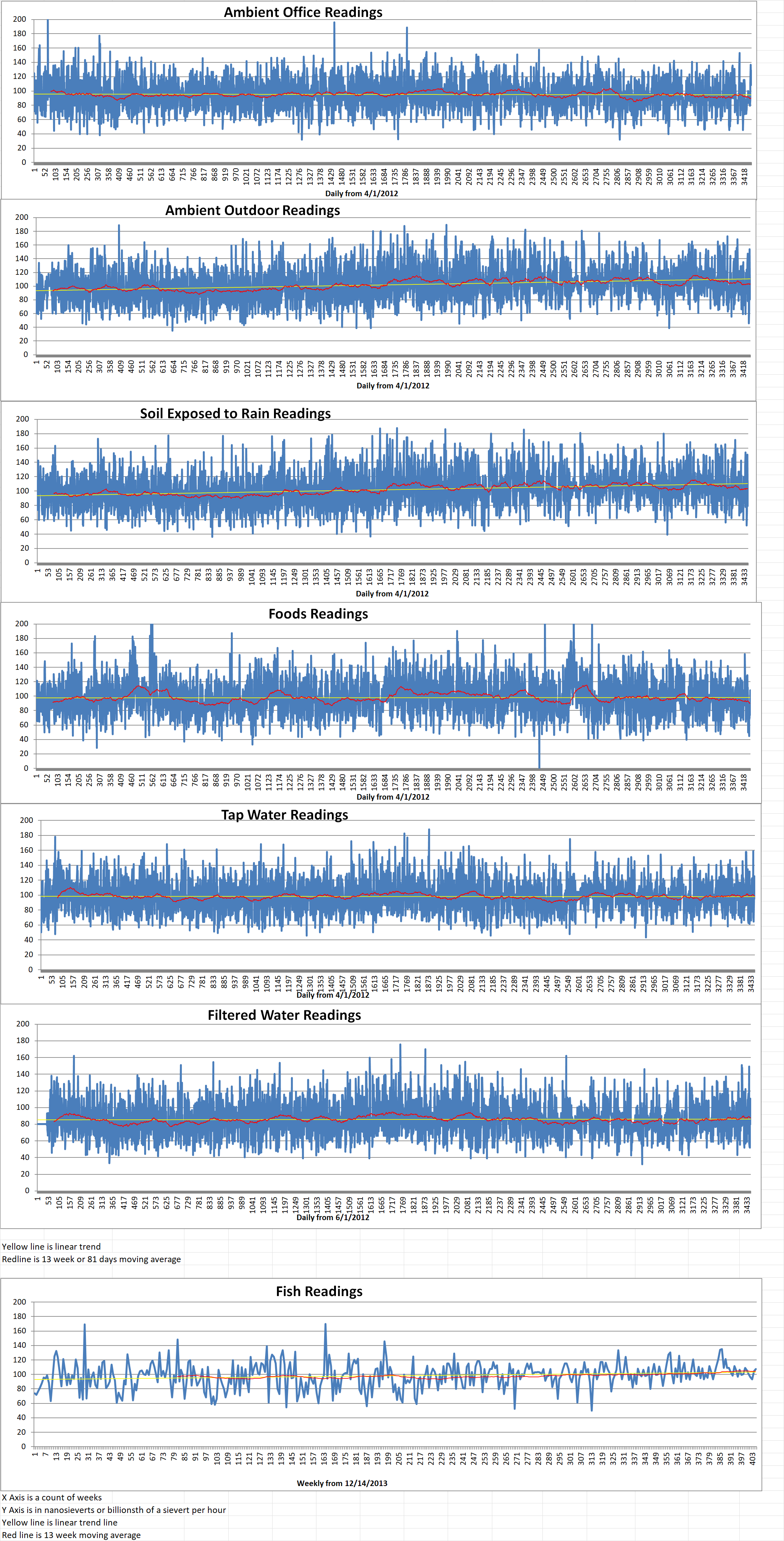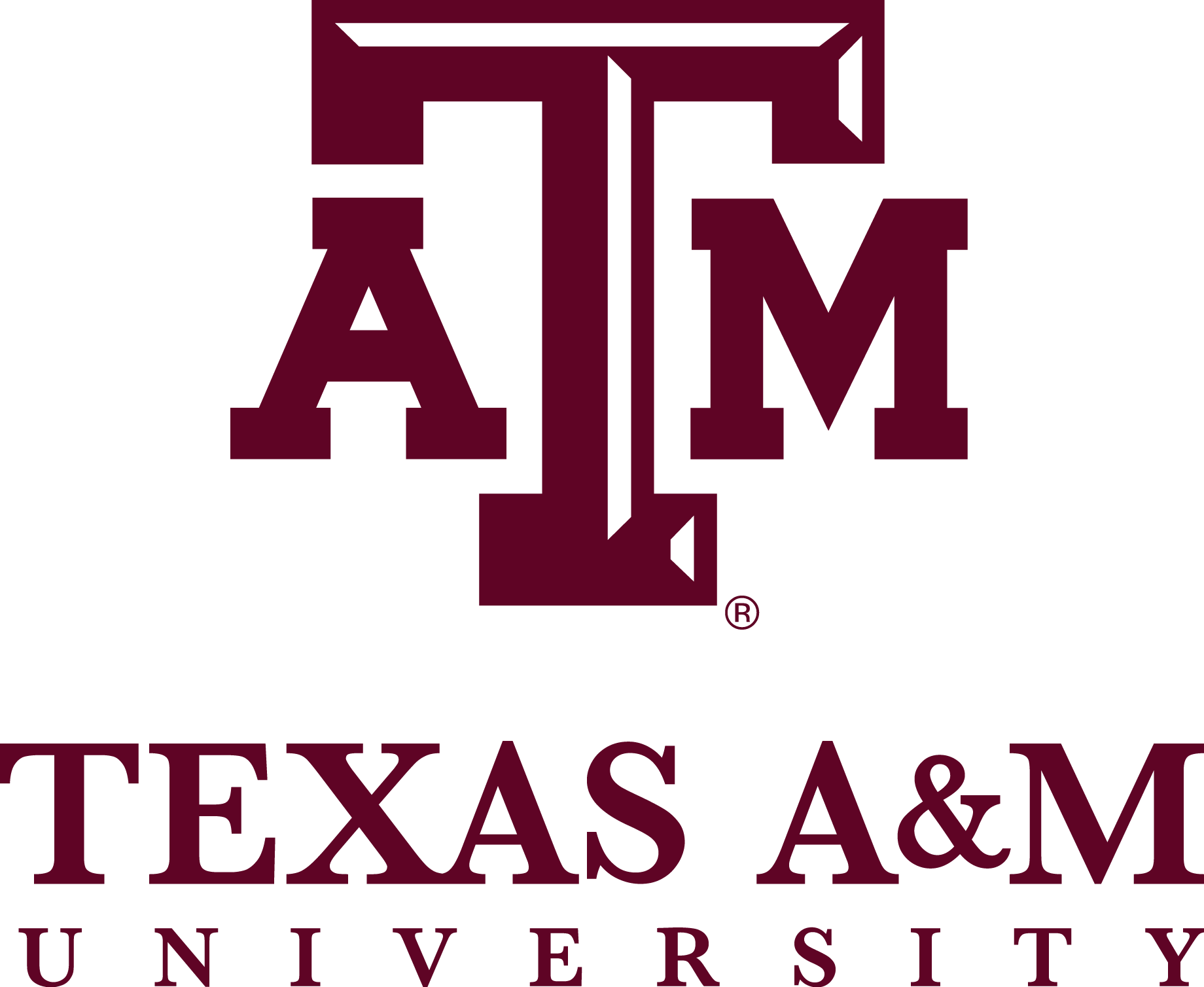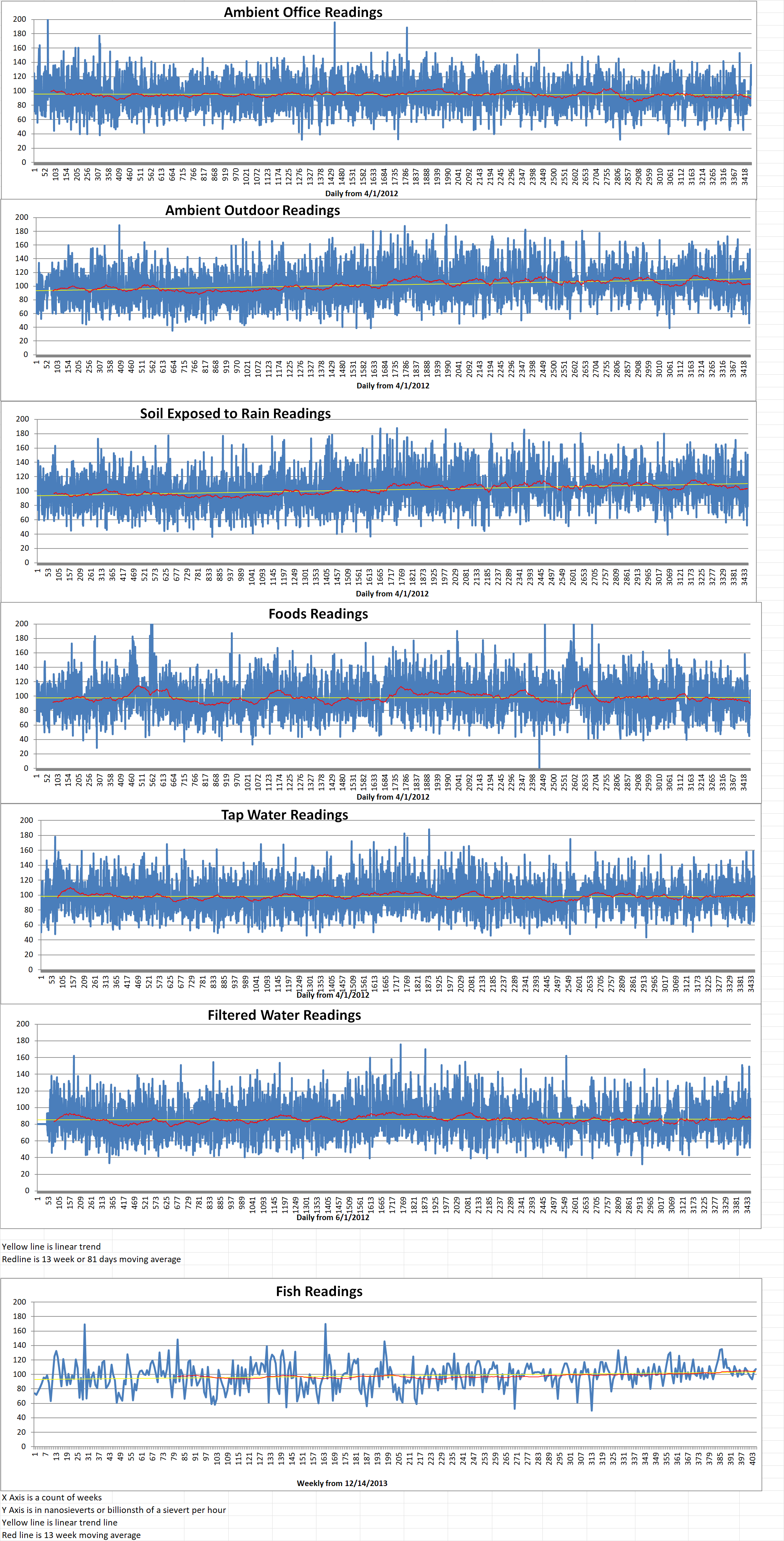New research by Texas A&M University scientists could help boost the efficiency of nuclear power reactors in the near future. Utilizing a combination of physics-based modeling and advanced simulations, they found the key underlying factors that cause radiation damage to nuclear reactors.
Karim Ahmed is assistant professor in the Department of Nuclear Engineering. “Reactors need to run at either higher power or use fuels longer to increase their performance. But then, at these settings, the risk of wear and tear also increases. So, there is a pressing need to come up with better reactor designs, and a way to achieve this goal is by optimizing the materials used to build the nuclear reactors.” The Texas A&M research was reported in the journal Frontiers in Materials. Abdurrahman Ozturk is a research assistant in the nuclear engineering department who was the lead author of the report. Merve Gencturk is a graduate student in the nuclear engineering department who also contributed to the research.
According to the U.S. Department of Energy (DoE), nuclear energy surpasses all other natural resources in power output and accounts for twenty percent of U.S. electricity generation. The source of commercial nucleal power is the nuclear fission reaction. In this process, isotopes of uranium split into daughter elements after being hit by fast-moving neutrons. Enormous heat is generated by fission reactions. This means that parts of nuclear reactors, especially the pumps and pipes, are constructed from materials possessing exceptional strength and resistance to corrosion.
Fission reactions also produce intense radiation that damages the nuclear reactors structural materials. At the atomic level, when energetic radiation penetrates these materials, it can either knock atoms away from their normal location which causes point defects or force atoms to take the vacant spots which form interstitial defects in the atoms. Both of these types of imperfections disrupt the regular arrangement of atoms within the crystalline metal structure. What begins as tiny imperfections grow to form voids and dislocation loops, compromising the mechanical properties of the materials as time passes.
There is some understanding of the type of defect which occur in these materials when they are exposed to radiation. Ahmed said that it has been very difficult to model how radiation and other factors such as the high temperature of the reactor and the microstructure of the materials together contribute to the formation of defects and their growth.
Ahmed said, “The challenge is the computational cost. In the past, simulations have been limited to specific materials and for regions spanning a few microns across, but if the domain size is increased to even 10s of microns, the computational load drastically jumps.”
The researchers said that in order to accommodate larger domain sizes, previous studies have compromised on the number of parameters within the simulation’s differential equations. However, an undesirable result of ignoring some parameters over other is an inaccurate description of radiation damage.
In order to deal with these limitations, Ahmed and his team designed their simulation with all of the parameters involved. No assumptions were made on whether one of them was more pertinent than the other. In addition, to perform the now computationally heavy tasks, they used the resources provided by the Texas A&M High Performance Research Computing group.
When the simulation was run, the analysis revealed that using all the parameters in nonlinear combination yields an accurate description of radiation damage. In addition to the microstructure of the materials in the reactor, the radiation conditions in the reactor, the reactor design and the operational temperatures are also important in predicting the instability in materials caused by radiation.
In additions to finding about radiation damage, the Texas A&M also revealed why some specialized nanomaterials are more tolerant to voids and dislocation loops. They found that instabilities are only triggered when the border around the cluster of co-oriented atomic crystals, or grain boundary, is above a specific critical size. Nanomaterials with their extremely fine grain sizes suppress instabilities, which makes them more radiation tolerant.
Ahmed said, “Although ours is a fundamental theoretical and modeling study, we think it will help the nuclear community to optimize materials for different types of nuclear energy applications, especially new materials for reactors that are safer, more efficient and economical. This progress will eventually increase our clean, carbon-free energy contribution.”

